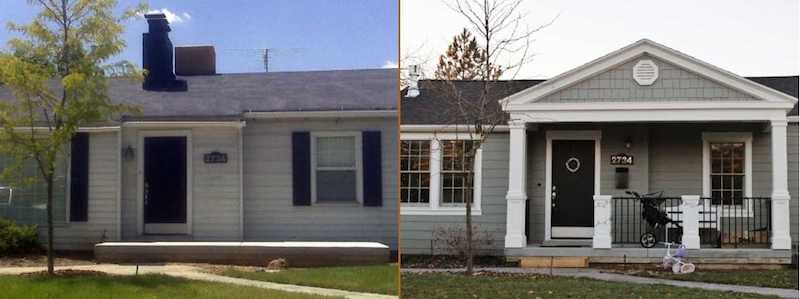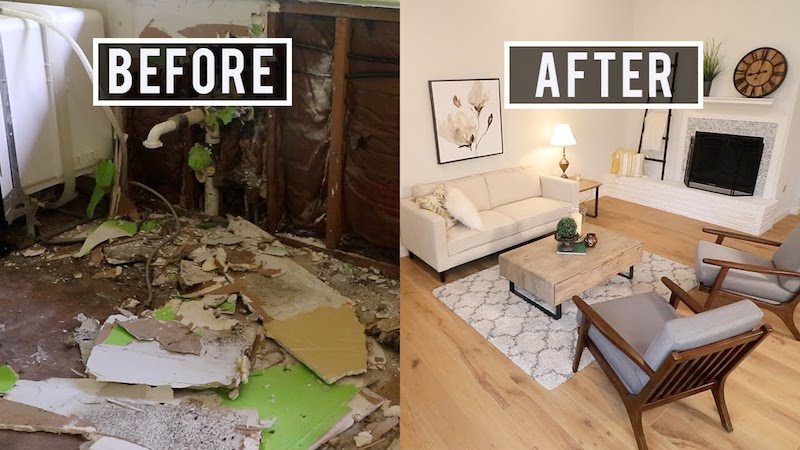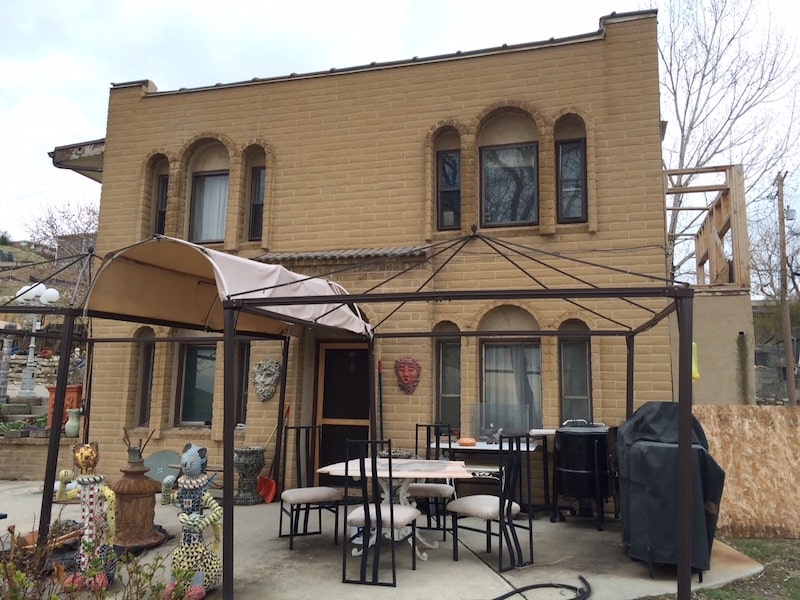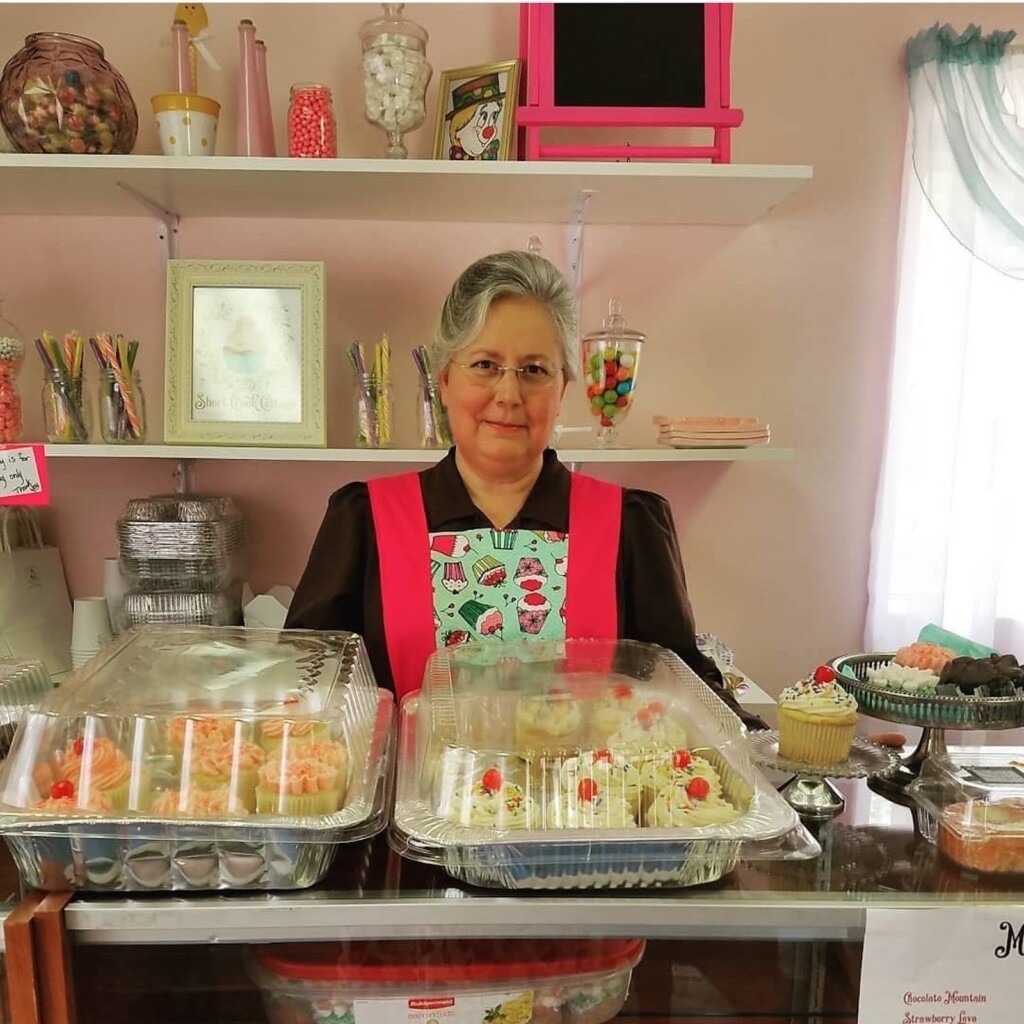
Everyone knows that Salt Lake’s housing market is hotter than a two-dollar pistol. Home values have gone up 24.7% over the past year, with median home prices hovering around $485,000. Even so, buyers are lined up to purchase homes while interest rates are low — even if it means overpaying for a home — which many people are willing to do. In fact, more than 55% of homes are sold for more than the list price.
Inventories are low, and most homes sell within 13 days of being listed. According to Redfin, there were 369 homes sold in August this year, down from 400 last year. With so many homes being sold, things are bound to go wrong, and not every home is worth top dollar.
Homes get foreclosed on by banks or end up as short sales, and some properties are in such bad shape that the average home buyer doesn’t want to take them on as a project even if the price is right. These “distressed properties” become targets for real estate investors — known in the industry as flippers — who buy them cheap, then fix them up and resell them at a profit. But what is involved in flipping a house, and is it as easy as it sounds?
People with zero real estate experience have made easy money flipping basic properties such as low-end condos just by doing a deep-cleaning and maybe adding a few aesthetic touches, but there’s usually a lot more to it. Some flippers do much of the work themselves, while others hire contractors to do almost everything.

Doug Larson flips homes for a living and offers insights into the pros and cons of this seldom-seen side of the real estate market. Larson started out flipping high-end properties because the margins are bigger. “But after the financial crisis of 2008,” he says, “I changed to ordinary smaller homes on the west side and south end of Salt Lake. It was just safer to get several base-hits than to try to hit a home run.”
A typical flip today is in Kearns, Sandy or even Provo. “It’s been neglected and has an overgrown yard,” Larson says. “It’s got 3 bedrooms, 2 bathrooms, and needs about 15 to 30K in work to make it a nice home. Usually, the cosmetic improvements like carpet, paint and a little landscaping must be done, and often a new HVAC system, water heater, roof repairs and upgrades to the kitchen and bathrooms.”
Larson flips up to six homes per year and does much of the work himself. From purchase to sale can take 3 to 4 months, while the actual renovation process averages 6 to 8 weeks. The steady income from rentals, he says, ensures that the basic family budget is balanced, and any income from flipping is a bonus.
In 2020, Larson sold five homes and purchased two as rentals. Competition has been fierce and the prices have been high. “I made offers on about 20 homes but the bidding wars have brought prices to uncomfortable levels,” he tells me. “Building materials and the cost to employ subcontractors have also gone up. The profit margins simply don’t make sense. The pandemic is somewhat to blame. Also, super-low interest rates have decreased monthly payments, which drives up the sticker price people are willing to pay.”
Since the 2008 financial crisis, Larson makes sure that almost every home he purchases will be a good, cash-flowing rental. “I always have 2 or 3 exit strategies so I’m not backed into a corner on one single outcome. In 2010 through 2015, we bought a lot of foreclosures and short sales. As market prices have risen, those have become scarcer. Most of the distressed properties we buy now are abused and neglected rentals where a landlord is just tired of the property and ready to take their equity and move on.”
Larson lost money in the financial crisis of 2008-2009, and even though he didn’t default on a single loan, he did lose money on a few deals. Since then, there have been a couple of projects where the profit margins were so slim, he says, “that I could have made better money working at McDonalds.” Most of the time, however, the profit is about 10-15% of the retail price, so a sale of $350K nets a profit of about $35K, give or take.

According to Larson, a common mantra in real estate is that the easiest way to make a million dollars is to borrow a million dollars and let other people (tenants) pay it back. While it’s never quite as easy as it sounds, it’s still a great way to build a nest egg and create a little freedom.
From Larson’s experience, real estate investing requires three things: Time, Money and Skill. “You can learn or pay for skills. You can borrow money. You can use other peoples’ time. If someone is a little creative and can leverage their own and others’ resources, real estate investing can really produce great results. Real estate investing is not for everyone, but it can be a great way of life!”
Subscribe to Utah Stories weekly newsletter and get our stories directly to your inbox
<!–End mc_e




